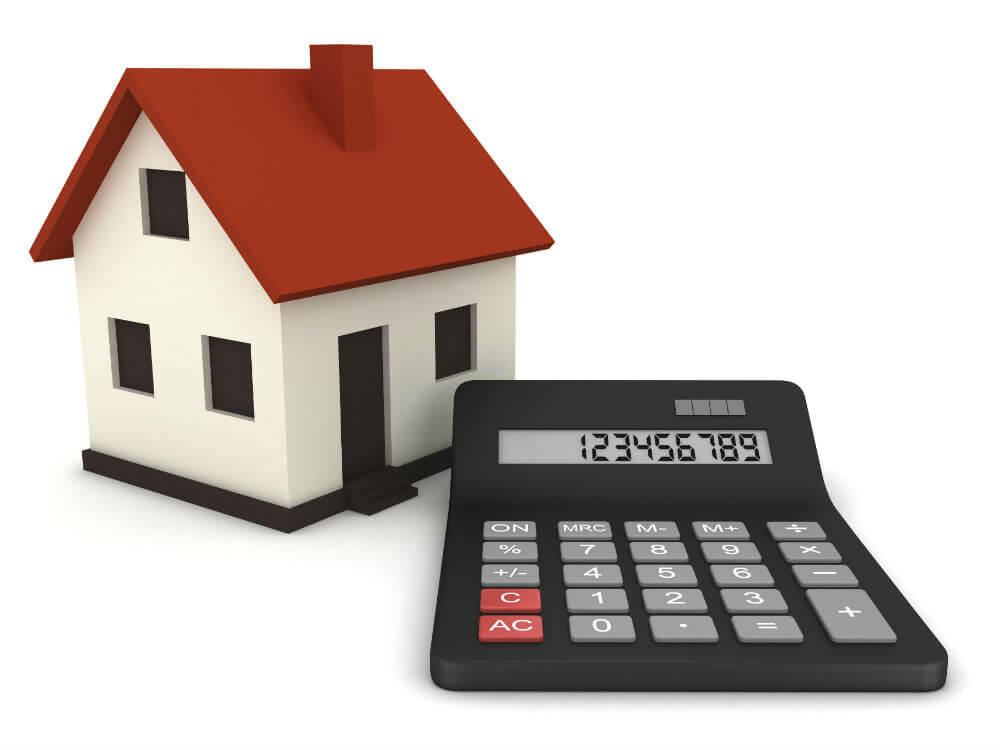Make more of your tax-exempt home
Managed properly, your house can quickly grow your wealth without those nasty capital gains taxes
Advertisement
Managed properly, your house can quickly grow your wealth without those nasty capital gains taxes

Canadians are in love with real estate, and no wonder: When you buy a home you can afford, you take a giant step towards tax-efficient wealth creation. Your principal residence will likely be the largest single contributor to your overall net worth; it’s an investment that can provide tax-exempt capital appreciation, the potential for income from rentals or a home business, and leverage with which to acquire new income-producing assets.
Of course, buying a home comes with some big risks as well. In 2012, home mortgages accounted for 77% of all Canadian debt. That debt can become a crushing burden if you suffer a job loss, marriage breakdown or you are forced to renew your mortgage at a much higher interest rate. Capital gains enjoyed on the sale of your principal residence are not taxable, but losses incurred are not deductible either—so it’s doubly painful if you must sell in a hurry at a loss. Clearly, you need to manage this purchase carefully. The interest rate you pay is important, especially because mortgage interest costs aren’t tax-deductible, unless your home is used for income-producing purposes, such as providing rental accommodation or a home business. And remember that while carrying mortgage debt at today’s low interest rates has been pretty sweet, even a small hike in interest rates could increase your costs dramatically. If you take out a $370,000 25-year mortgage to buy your home, your payments will amount to $1,775 a month at a 3% interest rate. But if rates rise to 6%, your payments will shoot up to $2,400. At 9%, your payments hit a frightening $3,100 a month! A basic wealth management principle, therefore, is to manage the non-deductible debt on your home mortgage by vigilantly paying it down, often. Negotiate the opportunity to make lump sum pre-payments annually. Also, consider making weekly or biweekly payments instead of monthly payments. By doing so, you end up making a few extra payments a year, which quickly reduces the amortization period and the total interest paid over the lifetime of the mortgage. I’m often asked which should come first, paying down your mortgage, or contributing to your RRSP. My preferred strategy is to do a bit of both: If you can afford it, make an RRSP contribution to generate a bigger tax refund; then invest that refund in your mortgage every year. Let’s assume you are in a 35% marginal tax bracket, and can contribute $12,000 annually to your RRSP. This will reduce your taxes by $4,200 a year, and when you get that tax refund, you can use it to pay down your mortgage. This works even better if you can apply your tax savings to your mortgage throughout the year. You can do it by asking your employer to reduce the taxes withheld at source to account for your RRSP contribution, then increasing your mortgage payments by the difference—in this case, by $350 a month. If you had a $375,000 mortgage at an interest rate of 5%, those extra payments would cut your amortization period by almost six years and save you $75,000 in interest costs. Imagine the financial freedom that would bring, especially if your home is appreciating in value. If you buy a house for $500,000 and its value increases by 4% a year, by the time you had paid off your home in less than 20 years, it would be worth more than $1 million! You would also have accumulated about $480,000 in your RRSP, assuming a 35% tax bracket and a 7% compounding return. If your tax bracket stays constant in retirement you would be left with close to $312,000 after taxes, which you could continue to grow in a Tax-Free Savings Account. Your net worth statement, in short, would be quite impressive: featuring just over $1.5 million in assets. The icing on the cake is that your home value appreciates on a tax-exempt basis. And once equity is built up, it’s possible to secure a loan against your home for investment purposes, making the interest deductible; but only for investments in non-registered accounts. So, what should you do first—contribute to your RRSP or the mortgage? The answer is, it depends: on the mortgage rate you are paying, the rate of return on your invested financial capital, and your marginal tax rate, both now and in retirement. When you do the math, you’ll find that the numbers usually work in your favour even if you decide to sock away all of your spare change in the house first; and in the RRSP later. To find out which option is the best fit for your particular financial situation, ask your adviser to estimate your potential net worth under each scenario, using different interest rates, RRSP contribution levels, marginal tax rates and a variety of rates of return on your RRSP investments. You’ll quickly discover that no matter which path you choose, your home will be a major contributor to your wealth in the years to come. Evelyn Jacks is president of Knowledge Bureau, which offers e-learning at knowledgebureau.com. Evelyn tweets @evelynjacks and blogs at evelynjacks.com.Share this article Share on Facebook Share on Twitter Share on Linkedin Share on Reddit Share on Email